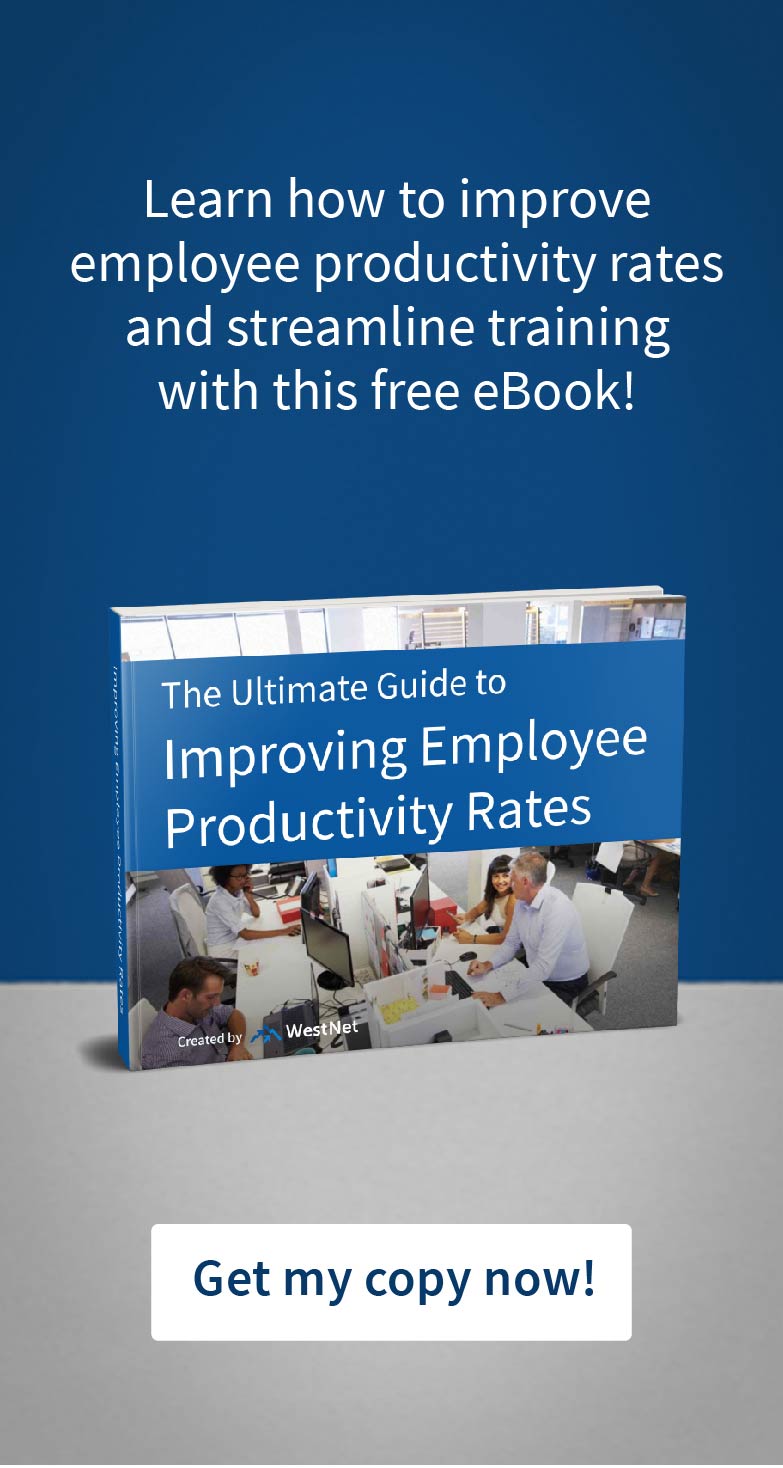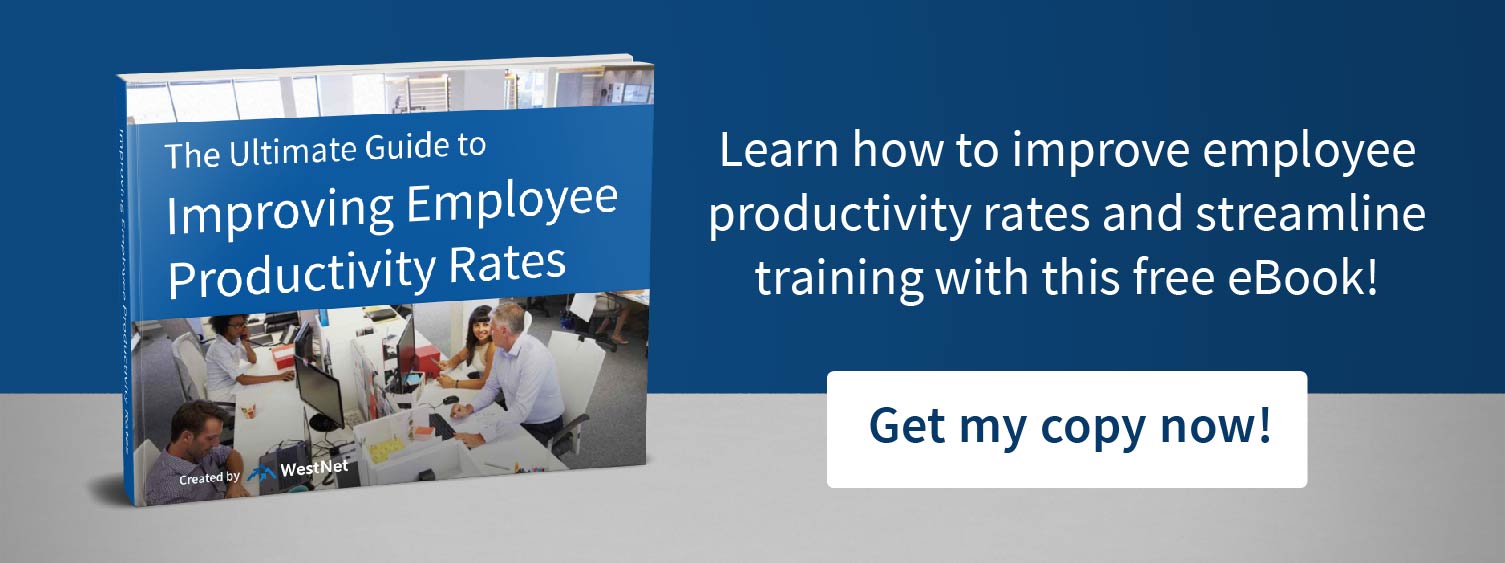Low productivity could significantly cost your business, period. Results from a Gallup poll show that actively disengaged employees cost businesses in the U.S. between $450 billion and $550 billion per year in lost productivity.
Getting a handle on your workforce’s efficiency is essential and attainable if you want to be successful within your industry. However, to do so successfully, you must first determine your employee’s and organizations current productivity level.
There is no fast formula that explains how to measure employee productivity. Every business has a unique approach that is closely tied to the products or services offered. The approach for determining engagement and output could vary a great deal, from one workplace to the next. However, there are multiple best practices that can and should be put into place to secure this desired outcome.
Following these methods and tweaking them to your company’s unique goals and requirements will help you determine how efficient and effective your employees currently are, while discovering opportunities for improvement.
Determine a Baseline
Having a starting point from which to compare and measure increases is the first step. Use quantifiable metrics, if possible. For instance, you might measure overall sales, the number of calls answered, or the number of customers served over two weeks or a month. Once you have the total figures for the metrics you want to track, divide each one by the number of employees involved to find the average for your baseline.
In less-measurable settings, such as administrative or management roles break projects into tasks. Make sure all tasks are clearly defined and provide value to the company. Then, you can track whether the tasks are completed and with what expediency. Compare apples to apples, categorizing tasks with similar completion rates and counting them together to calculate a reasonable productivity baseline.
Aim to avoid including hours worked, including sick or vacation days, as these don’t necessarily translate into productivity level and could skew your results.
Set Clear Objectives
When deciding how to measure employee productivity, clarifying both your primary short- and long-term business goals is essential. Make sure these targets are in line with your organization’s mission and vision. Specifying the definitive results you want to attain will help expand the areas in which you need to be more productive.
Prioritize the areas in which increased productivity will have the most significant impact. Include both quantitative and qualitative measures. Determine how you will measure outcomes. Focus on the data you will need to collect. Figure out how you will analyze the information as well as the frequency and method you will apply to data evaluation.
Track Individual Efforts
Employing a productive “superstar” can net your business more than $5,000. Conversely, maintaining “toxic” employees can cost your company more than $12,000. The good news is that no employee wants to be just average. Setting expectations and then gauging productivity levels can motivate your workforce while establishing how to measure employee productivity.
Determine who on your team stands out, both in a positive and negative light, by assessing individual productivity compared to the previously-determined baseline. Monitor performance and provide feedback to your employees. Evaluations might include rewards or disciplinary action based on your findings, although both should be laid out before observing and assessing.
Examine any trends you uncover to find and impede any potential crises. Facilitate planning and control, while providing adequate support.
Request Input
Another way to assess and increase productivity in your organization is to ensure that your team is engaged to the fullest extent. According to Gallup’s “State of the American Workplace” report, highly engaged workers are 21 percent more productive. However, the same study shows that 51 percent of the American workforce is not engaged.
An effective way to improve engagement –and measure productivity—is to seek your employees’ involvement. Ask them for input regarding their daily and occasional task or duties. Find out what functions they believe in wasting time. Query them for ideas on better processes, procedures, or tools Seeking employee participation in measuring and improving productivity could also increase engagement and shed light on helpful topics or issues of which you were previously unaware.
Value Quality
When gauging productivity, do not fail to consider quality. Maximum productivity includes customer satisfaction and consistent outcomes. If your target audience becomes dissatisfied or disenchanted with your product or service, no amount of increased output will make a difference. Similarly, inconsistent results will not bode well on the overall welfare of your business.
Performing regular quality control checks is an essential factor. Determining temporary or recurring issues with performance will ensure consistency and could prevent more significant issues as you discover and work to improve productivity.
Also, ensuring that staff members have adequate, ongoing training is fundamental. This should include initial instruction for new positions, procedures, or tools as well as guidance and refreshers for all other areas.
Again, seeking input from your workforce regarding the areas in which they feel they need additional or supportive training. When staff members are adequately instructed, you can get the most accurate measurement of your business’s productivity level.
Don’t Go At It Alone
Establishing your current level of productivity can seem overwhelming. Assistance with evaluating employee knowledge and efficiency as well as providing initial and ongoing training is readily available through a learning management system.
An effective LMS will offer multiple valuable tools and supports, such as the following:
- A simplified implementation process that allows you to put the system into operation quickly around your unique schedule.
- Content integration from sources relevant to your operation as well as existing educational catalogs.
- Automatic CEU tracking and issue documentation.
Employing a cloud-based platform with access to rich catalogs such as Harvard or Lynda.com streamlines the process of supporting your team with constant, unencumbered access to the training and material required to reach maximum productivity levels.
An LMS such as WestNet Learning will give you the tools to create and modify custom courses with ease, as well as analyze metrics and design reports that pinpoint strengths as well as opportunities for improvement in overall productivity.
Discover how WestNet Learning can support your goals of measuring employee productivity and advancing your team’s efficiency. Touch base with us today to schedule a 1-on-1 strategy session with one of our specialists.
WestNet Learning is an all-in-one LMS solution to easily train employees, increase employee productivity, and address safety needs. Customized eCourses, analytics, reporting, and certification tracking to help manage staff and stay on top of what matters most.
If you would like to learn more about how to improve your employee’s productivity with an affordable and proven LMS, feel free to schedule a 1-on-1 strategy session with one of our specialists today!


